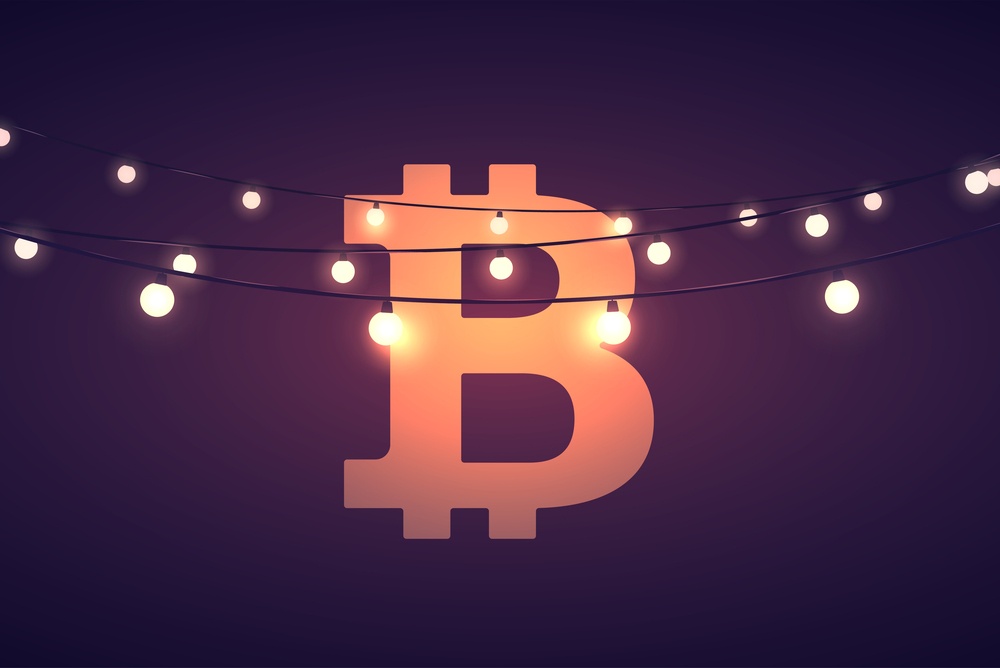
Bitcoin is something of a religion, and that’s OK. We embrace it (ironically). When someone falls down the rabbit hole, they fall hard, and just can’t stop talking about how cool bitcoin is. Naturally, there are many bitcoin holidays for bitcoiners to remember to pay homage to the rich history of bitcoin… and as an excuse to meet up with our friends and talk about bitcoin.
Bitcoiners love bitcoin, and there are lots of reasons to celebrate it. An invention with the potential to impact society on a level comparable to the printing press has an absolutely fascinating history to explore. After just 13 years of existence, there are thousands of articles, hundreds of books, and dozens of podcasts dedicated exclusively to exploring Bitcoin’s technology and its global proliferation.
A lot has happened in Bitcoin Land over the past decade+, but there are a few specific bitcoin holidays worth remembering, and many are celebrated every year.
My hope is that in 100 years, there’s a bitcoin event to celebrate every day. In the US, there’s always some stupid celebration like “national donut day” or “national rubber eraser day”. I think it’d be better to remember something unique and interesting about Bitcoin every single day! For a calendar-style visualization of bitcoin holidays and even more holidays I haven’t listed here, you can check out bitcoin.holiday. Discover “Haters in Disbelief Day”, Lightning Pay Day, 24-block Rollback Day, and more.

Bitcoin Holidays And Their Significance
The events below are listed in the order of occurrence during the calendar year, starting with the launch of the Bitcoin white paper.
October 31: Bitcoin White Paper Day
The first, and perhaps most significant Bitcoin holiday happened on October 31, the day that Satoshi Nakamoto emailed the Cryptography Mailing List about his new peer-to-peer electronic cash system. What I think is interesting is that initial responses were skeptical. As modern bitcoiners, we get frustrated at mainstream media and normie friends spouting FUD, but even cryptographers and cypherpunks didn’t receive the paper very well at first.
The first response to the paper, from James A. Donald basically said that the system can’t scale. Ray Dillinger expressed concerns about the inflation rate. Hal Finney was worried about how the system would prevent double spending. Of course, these were just early discussions, and many would become convinced as they began to tinker, debug, mine, and transact in bitcoin!
Related Content
January 3: Proof of Keys Day
Before bitcoin was actually launched to the community as open source software on January 8th, 2009, the first bitcoin block was mined by Satoshi Nakamoto himself on January 3rd and the first 50 bitcoin were minted. These 50 bitcoin are forever locked and unspendable, and represent the foundation of all future bitcoin blocks.
It wasn’t until a few days later that other participants joined the network and the first bitcoin transaction was sent.
Personally, I think Jan 3rd could have just been called Block One Day, and Proof of Keys Day could have been September 10th, when BIP39 was created, or the date it was merged into Bitcoin Core’s codebase (I couldn’t figure out what date that was).
January 12: First Bitcoin Transaction Sent
The first bitcoin transaction was sent from Satoshi Nakamoto to Hal Finney on January 12th, 2009, for the amount of 10 bitcoin. These 10 bitcoins were the only coins that Satoshi ever “spent”, out of the millions of coins that have been attributed to him by the Patoshi pattern.
Satoshi didn’t actually buy anything from Hal. After all, bitcoin had no value at that time. It was just to test the network and prove the concept of sending/receiving bitcoin to one of the earliest participants in the network.
February 8: Bitcoin-Dollar Parity
The haters said it wasn’t possible, but on February 8, 2011, one bitcoin was equal to one US dollar. Before that, a bitcoin was literally worth pennies. The entire bitcoin network was worth less than 10 million dollars, considering that only a few million bitcoin had been mined at that point.
Now, a single bitcoin is worth around $40,000, and the network is worth about a trillion dollars.
When bitcoin hit $1, suddenly it seemed like the network could grow forever. If it could 1000x from 0.001 to 1.00, why couldn’t it 1000x from there, and 1000x from there? Could bitcoin be worth a million dollars some day? With enough adoption, yes, it can. Price is a function of supply and demand, and since bitcoin’s supply is fixed, if the demand flexes upwards, the supply cannot be increased to keep up with demand.
May 22: Bitcoin Pizza Day
Maybe the most “normie” holiday in the Bitcoin calendar is Bitcoin Pizza Day, probably because the story linked to it makes for very clickbait headlines and fun interest segments on traditional news. On May 22, 2010, Laszlo Hanyecz paid someone ₿10,000 for two large pizzas from Papa John’s worth about $41 at the time. That bitcoin is now worth hundreds of millions of dollars.
The news, without nuance of course, laughs about how dumb he must feel or how much regret he must have about giving up all that bitcoin for something as silly as a pizza. Personally, I think the story is more interesting as you look past the surface and discover the details of the event.
Actually, Laszlo Hanyecz was an active developer in the bitcoin community, so it’s not like he just mined some bitcoin and bought pizza with it by accident. He’s the guy who developed the first bitcoin client for macOS, and even invented GPU mining, the most advanced bitcoin miner of the day.
In other words, it’s very possible he has a much larger stash of bitcoin he doesn’t talk about.
Regardless, it doesn’t matter how much bitcoin he has now. What matters is that he was there at the beginning, building and using bitcoin before it hit the mainstream. To me, that’s the real meaning of Bitcoin Pizza Day – the idea that we are all on a journey towards bitcoin adoption, and every step along the way is important.
December 12: Satoshi Disappearance Day
December 12th is generally recognized as Satoshi Disappearance Day, even though it’s technically not the last time he was heard from. 12/12/10 was his last public forum post on BitcoinTalk.org, and it was an unceremonious one. There was no “thanks for all the work guys”, or “best of luck in the future”. Just some code updates, and then nothing else.
Satoshi continued to email with a few developers behind the scenes until April 26, 2011, when Satoshi sent his final official email to Gavin Andresen. Again, no official statement about disappearing forever. There was another message sent to the Bitcoin developer mailing list in December of 2015 from an email account associated with Satoshi, but most people believe this was a fake. Then, one last message emerged in 2015 during the early years of the Bitcoin scaling wars and controversy over Bitcoin XT. The email purported to dismiss the hard fork in favor of and comment on bitcoin’s social consensus, but many people dismiss this as a fake as well since it seemed so out of character for Satoshi.
Nobody knows why Satoshi disappeared because he didn’t give his reasons. During the final days of Satoshi Bitcoin was getting a lot of attention, and it seemed that he saw the writing on the wall. There was a growing interest in finding out who he was. Gavin Andresen had recently given a talk at the CIA. Wikileaks had been cut off from PayPal and was starting to accept donations in bitcoin. If Bitcoin really was going to undermine establishment institutions, then it was good to get out sooner than later.
In the end, it seemed like a good decision. Any evidence of who he was has been lost or forgotten. The Bitcoin project lives on despite having no leader. The mystery of who Satoshi was and where he is now will continue to be a topic of speculation.
December 18: Hodl Day
The best memes are always the accidental ones, and this is the case with HODL, spelled H-O-D-L. Typed out as a drunk forum post on BitcoinTalk.org, the philosophy behind hodling is to simply hold onto your bitcoin without trading. Don’t try to sell the top and buy the bottom because nobody knows what’s going to happen in the market. Almost a full decade later, it’s a rallying cry during brutal days in the markets while lettuce hands sell their corn and diamond hands hodl.
Hodl Day reminds us that a dip in price is just a temporary discount. If you sell today, when are you going to buy back, or are you just going to exit the market forever? Might as well just hodl.
Video: Bitcoin Independence Day
More Bitcoin Events Worth Remembering
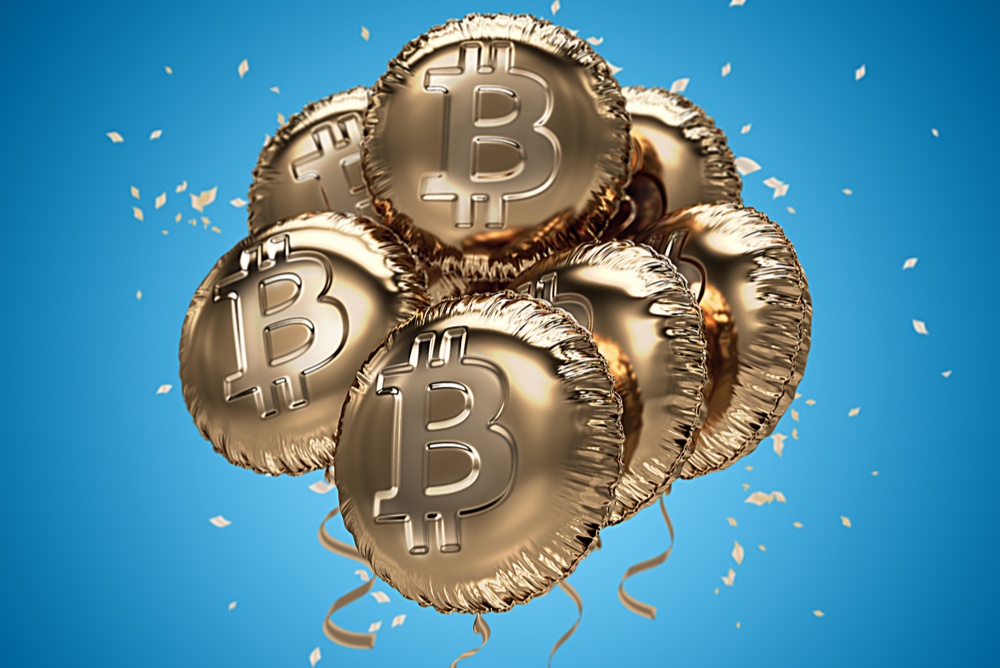
The First Bitcoin Price: The first time bitcoin received an “official” price was October 5, 2009 on New Liberty Standard, where one dollar could buy you 1,309 bitcoin. $5.05 was used to buy ₿5,050.
Mt. Gox Hack: The largest bitcoin hack of all time happened on February 7, 2017. More than 850,000 bitcoin were taken from the exchange, which had been mismanaging their wallets and security. A multi-year bear market followed.
Taproot Activation: On November 14, 2021, the soft fork called Taproot activated, which allows for enhanced features on the bitcoin main chain, including more privacy, scalability, and security.
Segwit Activation: The BIP141 soft fork known as Segwit activated on July 21, 2017, enabling the lightning network and other layer 2 protocols, as well as reducing the amount of data required to be stored in blocks, thus freeing up more space for transaction volume.
Arrest of Ross Ulbricht: Ross was the person who created and ran the Silk Road, a place to buy and sell anything online, and bitcoin was often used to facilitate cross-border, final settlement, digital payments. On October 2, 2013, Rodd Ulbricht was arrested in a San Francisco Library and has been in jail since.
March 2020 Liquidity Crisis: On March 12, 2020, Bitcoin’s price dropped 30% in a single day. By the next day, it had dropped further, cutting 50% off its price in just two days. This was due to an overall liquidity crunch across all markets, with all asset prices viciously selling off as covid lockdowns began.
Micheal Burry Head And Shoulders Tweet: On June 20, 2021, famous investor and trader Michael Burry tweeted that bitcoin’s price history had formed the famous “head and shoulders” pattern, which is typically seen as a bearish marker. Bitcoiners, knowing that technical analysis is bullshit, laughed and made fun of him relentlessly as the price proceeded to break this pattern, then reach an all time high of $69,000 just months later.
On second thought, this is probably a forgettable event by itself, especially compared with everything else on this list, but it’s just an awesome example of how traditional finance guys can’t figure out bitcoin because it just doesn’t fit into their mental models. There are probably a copule of Mark Cuban or Jim Cramer tweets could fit here as well.
SourceForge Launch: Though the white paper was launched on October 31, 2008, and the first block was mined on January 3, 2009, shortly after that, on January 8, 2009, the open source bitcoin software was added to SourceForge so that anyone else in the world could download and run the software, as well as contribute to the project.
More Bitcoin History
Frequently Asked Questions
Does Bitcoin Close on Holidays?
Bitcoin does not close on the holidays. Bitcoin trades 24/7/365 in all countries. This is one major advantage over stocks, which trade between limited hours, close on weeks, and close for holidays. This means bitcoin is a much more liquid asset and reliable means of managing wealth!
Can You Trade Bitcoin on Christmas?
Yes, you can trade bitcoin on Christmas. In fact, bitcoin makes a great Christmas gift for a bitcoiner!
Why Does The Bitcoin Price Drop on Sundays?
There is no correlation between the day of the week and the bitcoin price. Any observance of this type of event can be chalked up to personal bias.
Does Christmas Affect The Price of Bitcoin?
Christmas likely doesn’t affect the price of bitcoin because it’s not a holiday that is celebrated in every country in the world, and even in Christmas observing countries, the exact date of the core festivities may vary. In some past years, December was seen as a bullish holiday, but 2021 and 2022 were good examples of how that is not always the case.
Does Bitcoin Go Up During The Holidays?
There have been periods of price increases as well as price decreases during a variety of holidays seasons, so there is no specific correlation to holidays and price. When the price goes up, people speculate that it’s because families are talking and shilling bitcoin to their family members. When the price goes down, there is speculation that people are selling bitcoin to pay for expenses. There’s always a reason to justify any price movement, so holidays shouldn’t be seen as a reliable buy or sell signal.
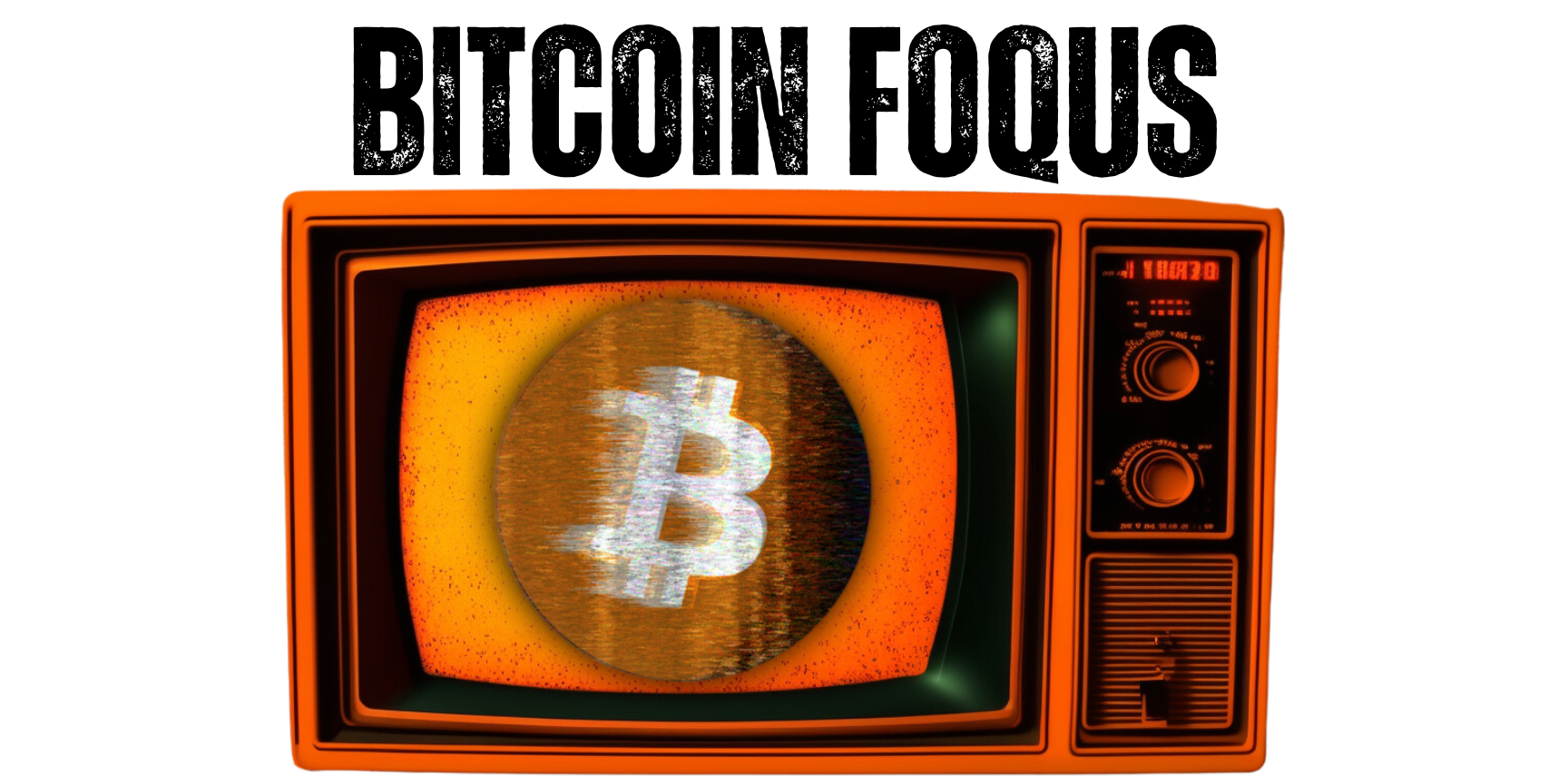
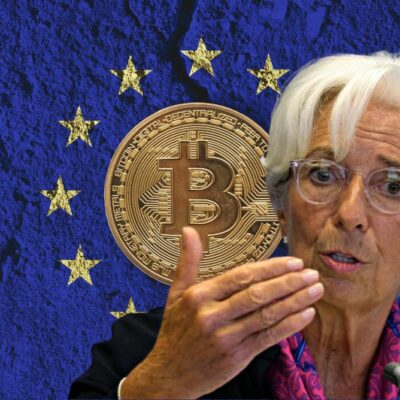

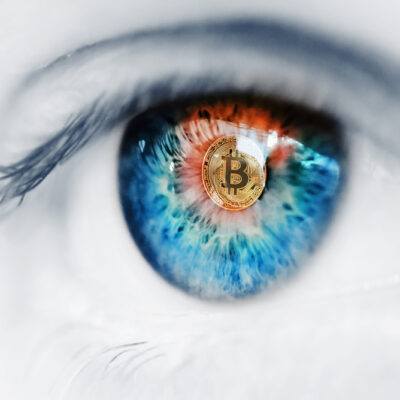
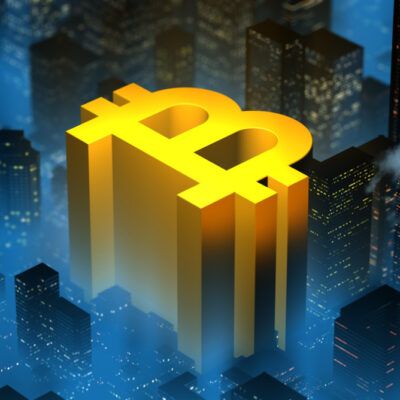


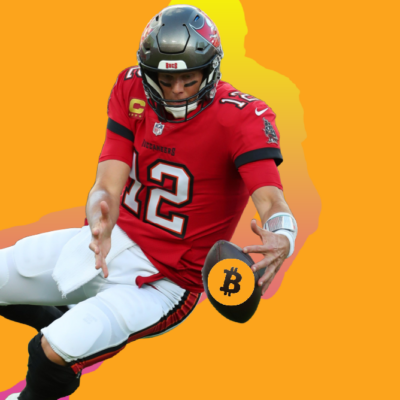
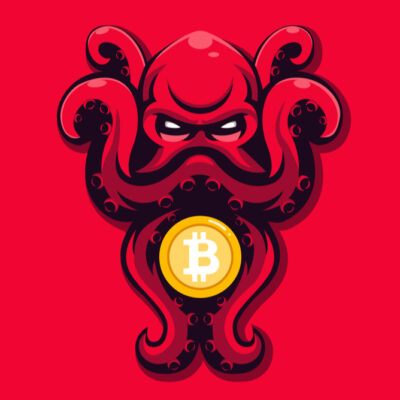
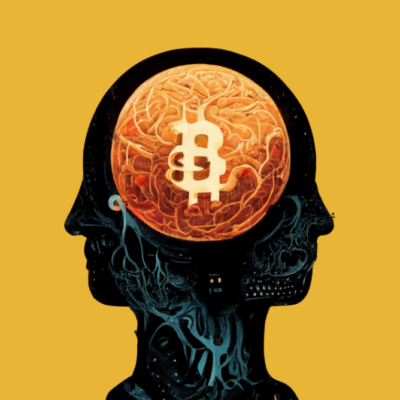
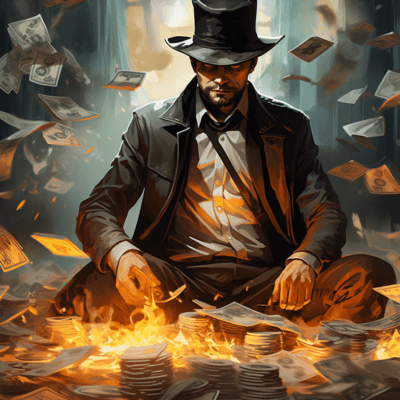
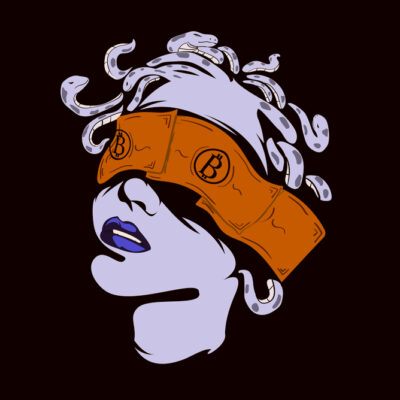


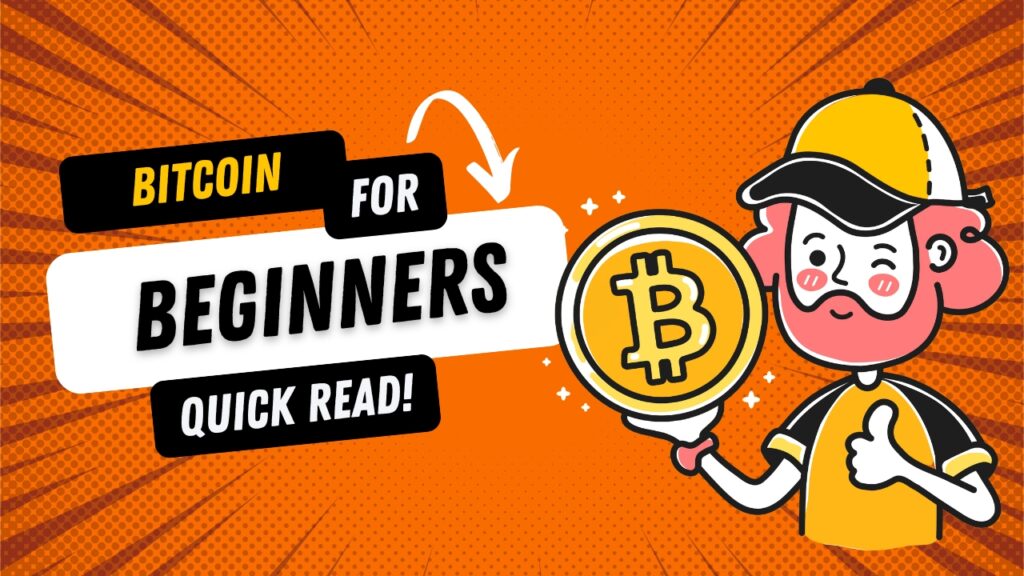
 Why 2023 Bitcoin Obituaries Are Wrong Again
Why 2023 Bitcoin Obituaries Are Wrong Again
Leave a Reply